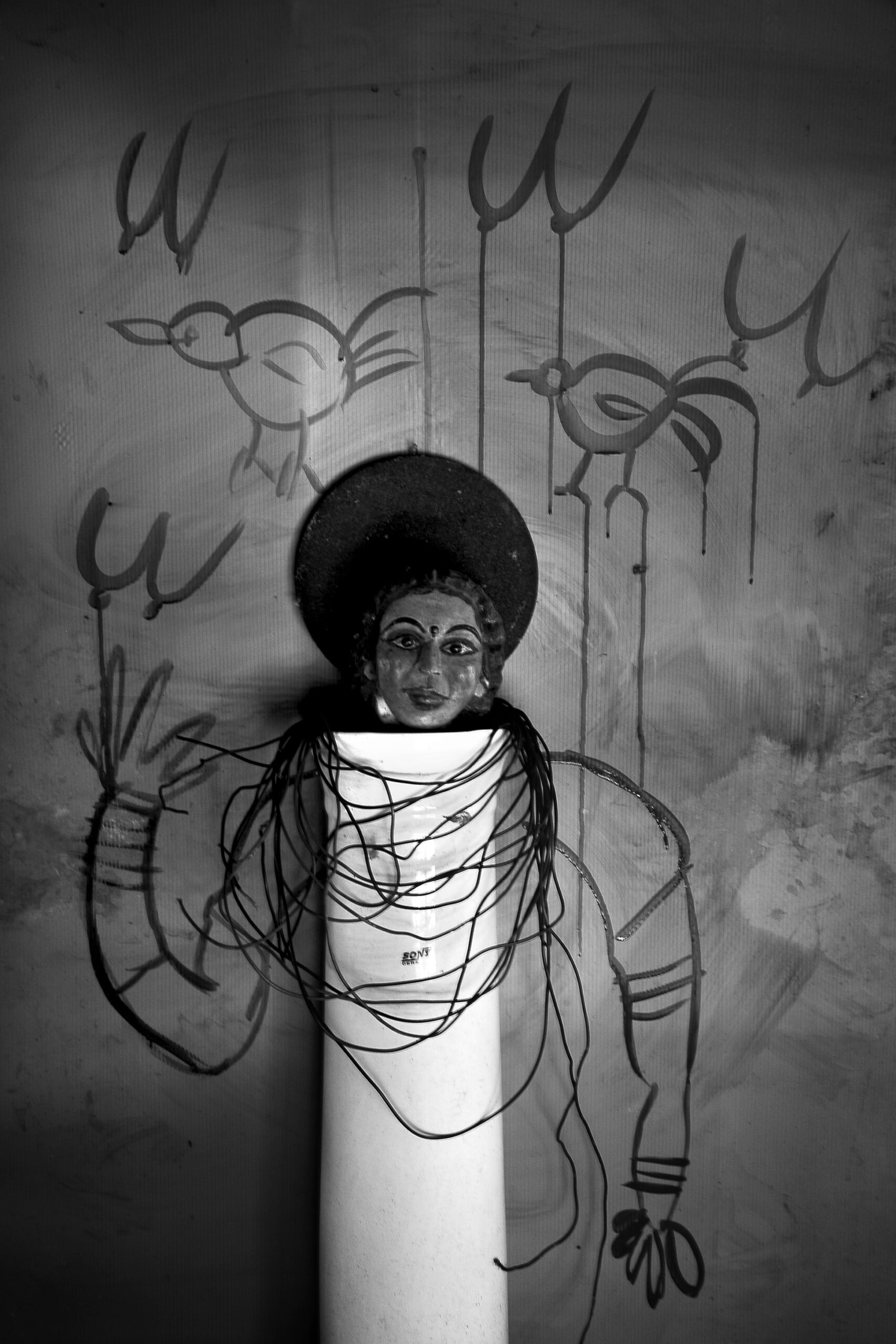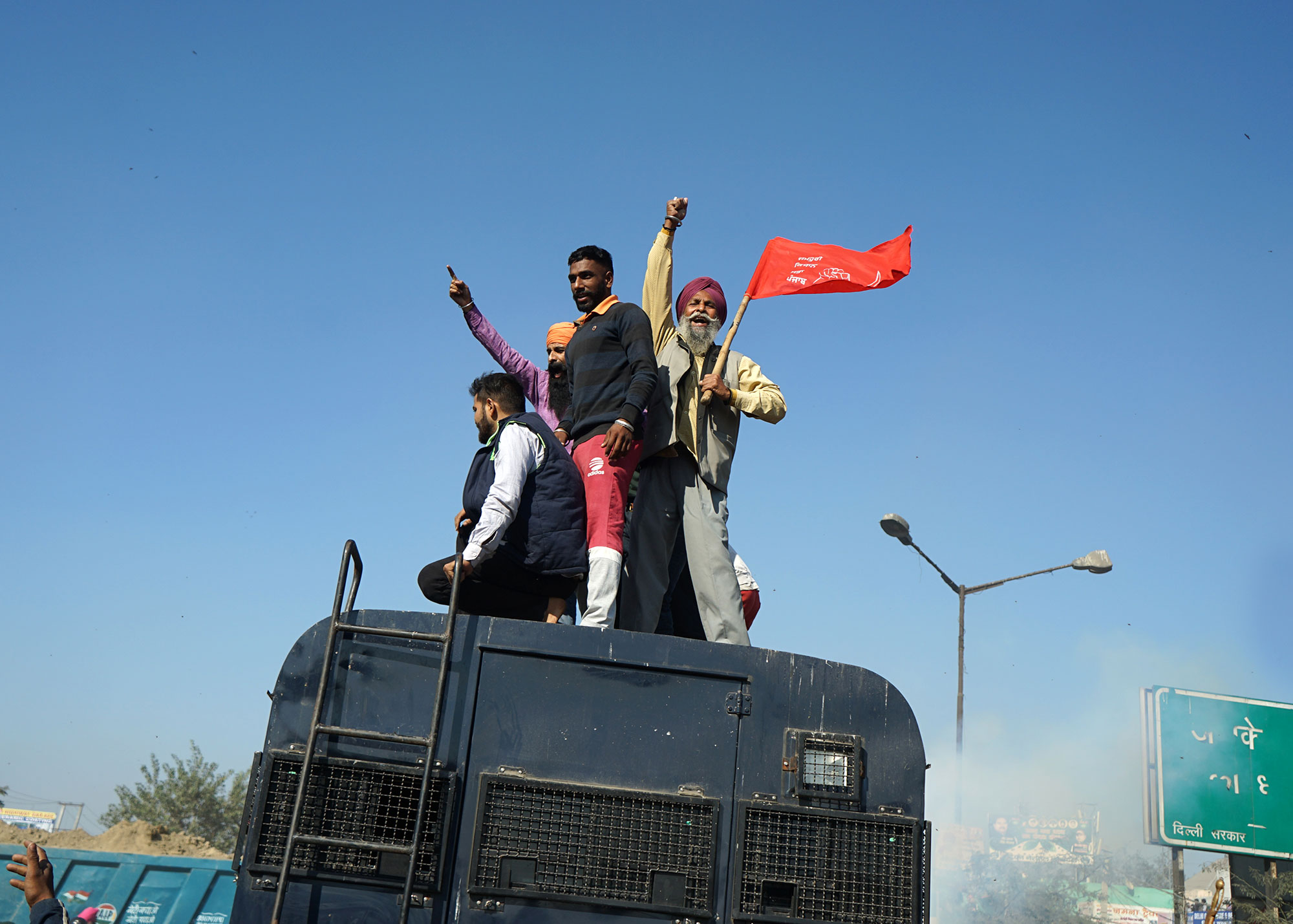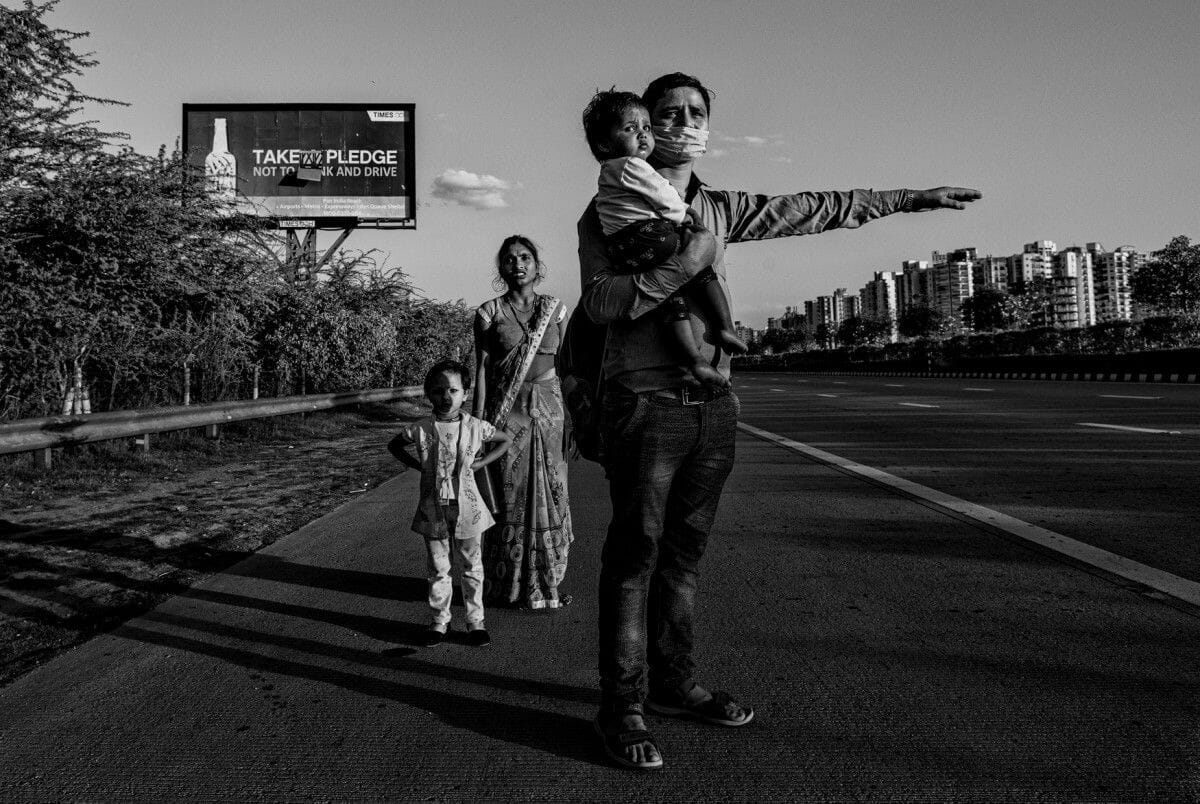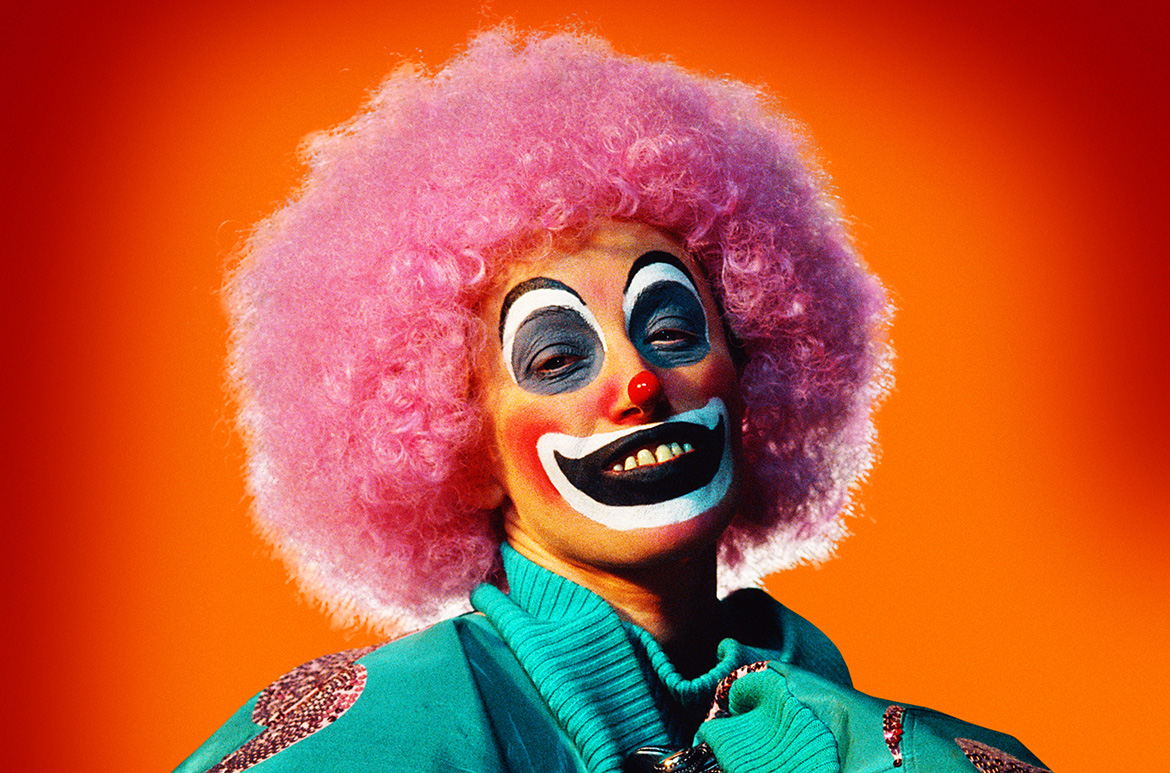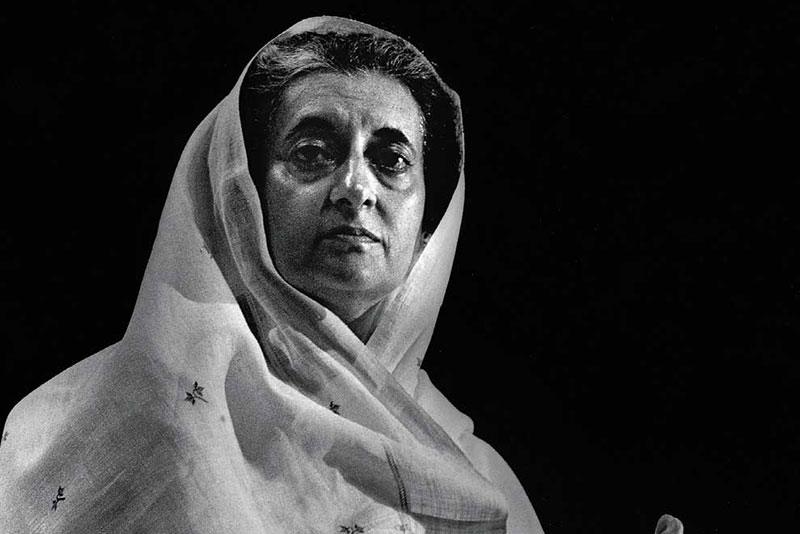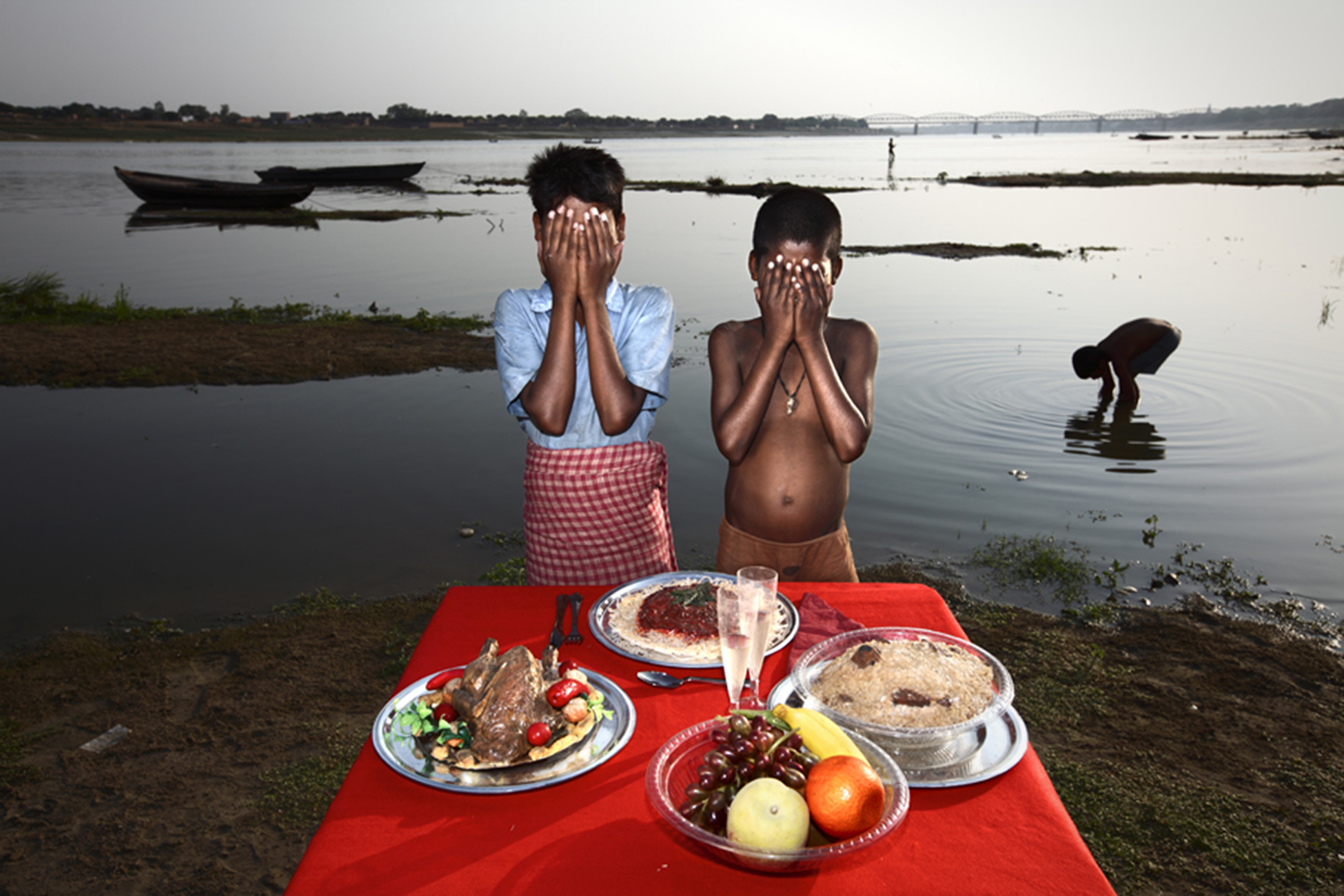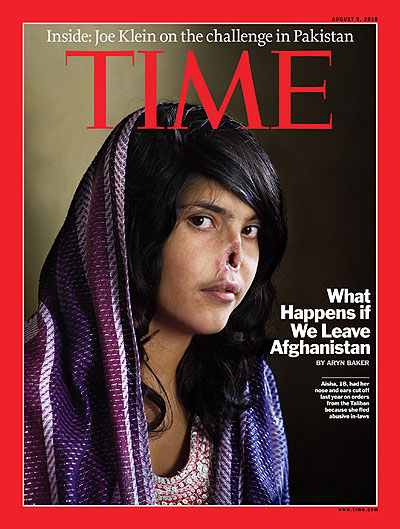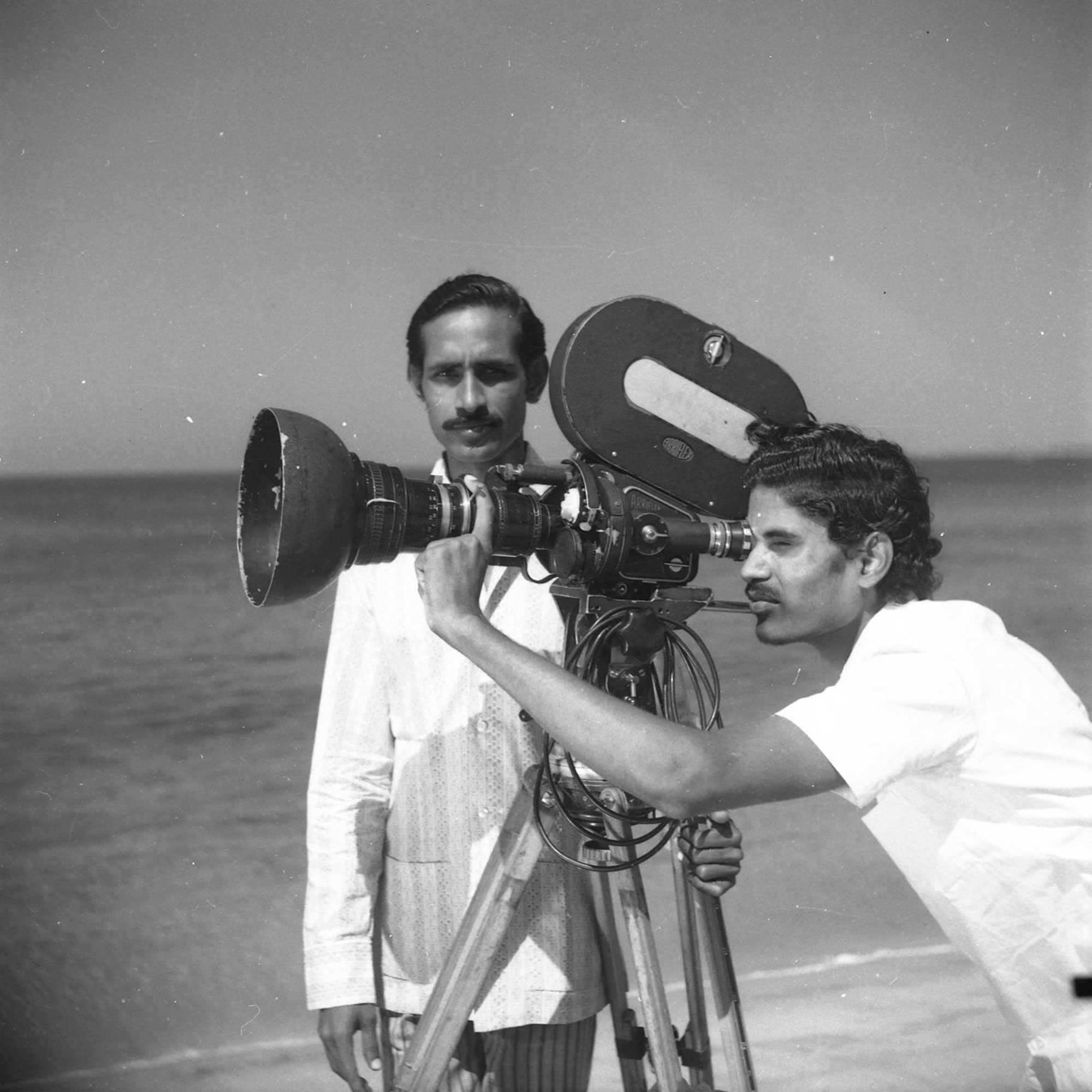Focus
Reflections
Photo Mail focuses on
Contemporary photography
Practitioners, their works, and
Its aesthetics
In the broader context of
Photographic theory and
Philosophy
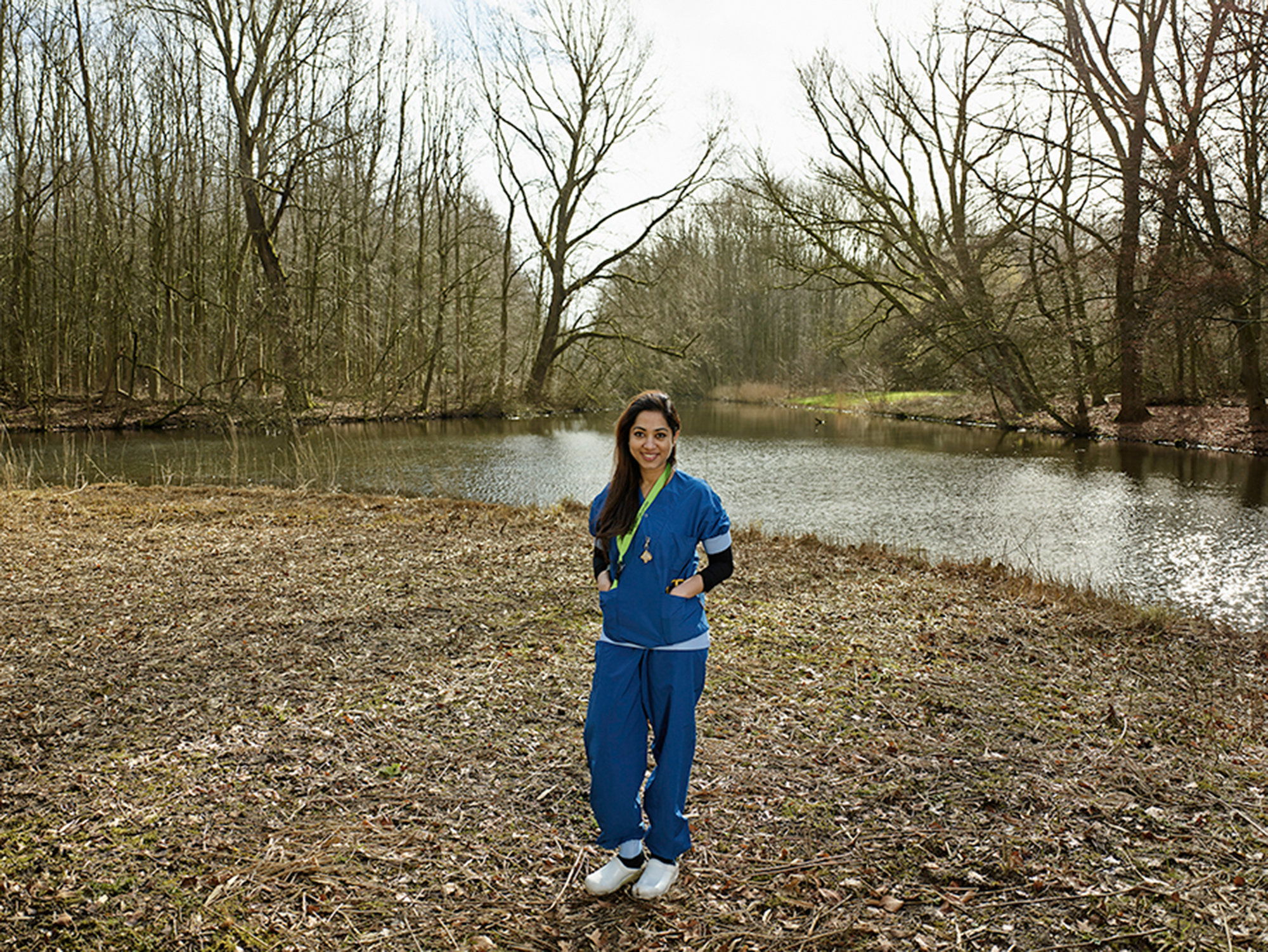
© Anup Mathew | Image source Internet
Like the nuns of all religions, nurses too are mysterious beings. Slightly detached from the mundane world, especially when they are in their uniforms and in the hospital settings, they look like certain ethereal beings taken birth on earth to serve the ailing. Not really because mostly they wear white work robes, they are seen as angels who sing like the nightingales but this image may be accentuated by the hagiography of Florence Nightingale (1820-1910), the founder of modern nursing. Out of the 20 lakh registered nurses in India, 18 lakh are from Kerala, the South Indian state, says a report appeared in the Hindustan Times in July, 2014(*). Kerala tops in the human resources export in the nursing front and the trend had started in 1960s when the first batch of nurses trained in Kerala went to Germany both for further training and for serving in missionary hospitals.
The international migration of highly trained nurses from Kerala today has established a new diaspora and tracing their migratory routes would provide us with the ‘to and fro’ flow of economy, labor, life styles, languages, personal narratives, and above all a new hybrid culture where language, tradition and at times races get mixed up. Anup Mathew Thomas, the Kerala born, Bangalore settled and internationally exhibited photography artist has done a photographic tracing of the journeys of the nurses from Kerala. Commissioned by the Abraaj Group Art Prize 2014, in this photographic project titled ‘Nurses’, Anup Mathew Thomas at once captures the ‘present’ and the ‘absent’ in the lives of these young women who have crossed continents to become ‘successful’ career nurses and specialists.
Anup Mathew Thomas is a photography artist who looks at the sociological ramifications of Kerala life including the economic, cultural, religious and political facets of it with a sense of black humor and understatement. The irony that he uses subtly to compare the intra-frame images of his own works, however does not play a pivotal role in the ‘Nurses’ series. The deliberate obliteration of irony and the replacing of it with a sense of unarticulated pathos make this series culturally and anthropologically engaging. Anup Mathew Thomas is not strictly an anthropological photographer/documenter. Apart from a couple of signifiers, namely the uniforms worn by the nurses in different countries and the choice of the location near their work place, against which their personalities are portrayed centrally and in a semi-iconic fashion, these photographs do not betray any personal details of the subjects (nurses) who are photographed here.
The clean, serene, scenic, beautiful and even sublime landscapes against which these nurses are portrayed in a way erase the actual locational specificity of these ‘moving’ subjects. The simple tag lines that go with each photograph inform the viewer of the name of the subject, their current location, the countries or states that they had served before landing their dream job or rather present job before another taking off to a new destination and the medium and quality of the paper used for printing. At some point, these forty eight photographs, which means, forty eight Malayali nurses living and working in different parts of the world, look like taken in a sophisticated but make-shift photo studio set up by the artist. With technology, one could create the backdrops; but Anup Mathew Thomas’ project is not just about photographing the nurses but the travelling the places where they have already travelled. Hence these photographs rather than becoming an end in itself, turn out to be the outcome of a travel that the artist has undertaken.
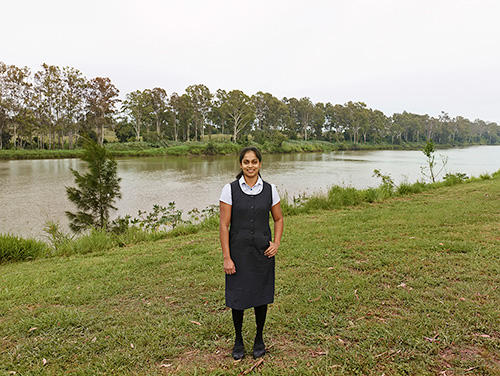
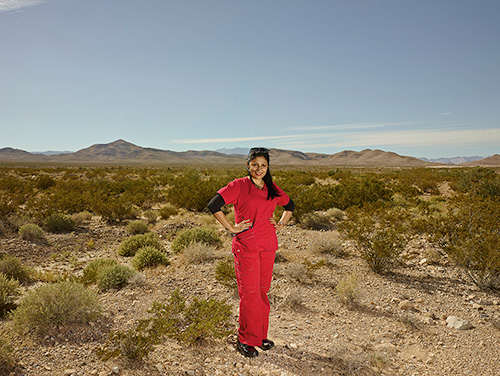
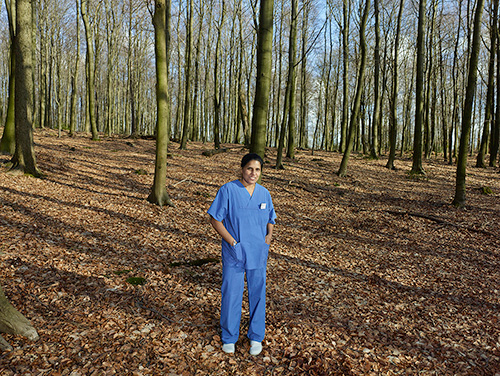
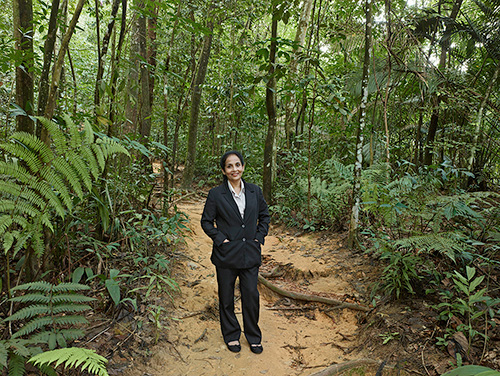
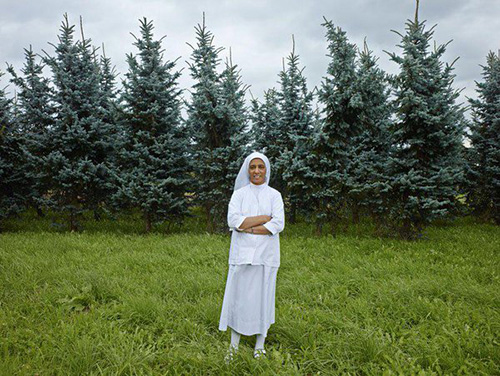
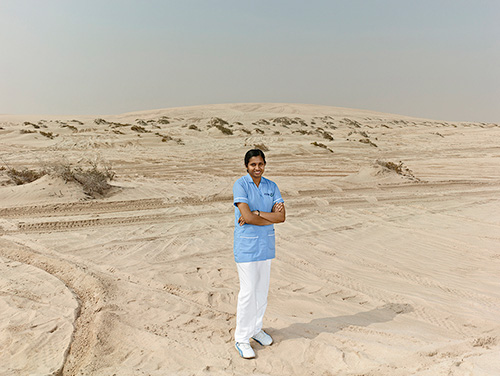
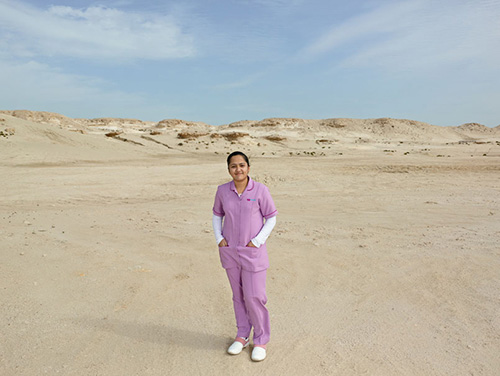
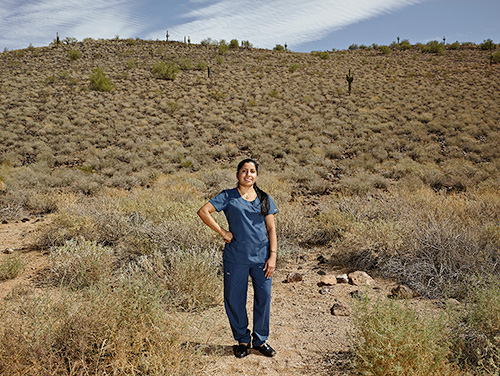
© Anup Mathew | Image source Internet
As I mentioned elsewhere, the scenic backdrop is almost ‘nowhere’ places and it is quite deceptive. A nurse standing right in the middle of a dirt path along a hillock or another one standing in the middle of a desert or yet another one standing at the edge of a forest and so on, almost allure us in believing something exceptionally opposite to what exactly they are undergoing in their actual workplaces. As they are specialists even in assisting heart surgery and are employed in high end hospitals in the developed countries, their work place stories cannot be gruesome as we expect in the case of the hospitals in the war torn countries from where Kerala nurses are evacuated during the times of crisis. There is a rupture in the pictorial narrative that Anup Mathew Thomas presents before us and the rupture is caused by the distance between the workplace and the location where the subject is found or herself has chosen to be found. In these almost ‘alien’ (yet friendly) places another human presence is not even suggested. What camera edits out or how the artist positions himself is where the nurse actually belongs to. The reversal brings forth not only a rupture but also a romantic, aspirational and desiring subject and her projected connection with the environment.
Does this project do anything substantial to the subjectivity of these nurses, is a crucial question if the series is seen from an anthropological purpose or perspective. While anthropological photographic documentation or even plain documentary photography calls attention towards the living situations of the subjects who are photographed, these images captured (almost set up by the artist) by Anup Mathew Thomas do not say much about what nurses stand for. They are seen like young women in a fancy dress ensemble. For the first time many of us come to know that there are hospitals where nurses wear uniforms with floral patterns shifting the very ‘image’ of a traditional nurse. Hence, this series should be enjoyed for their aesthetic appeal exactly the way Anup Mathew Thomas has designed his other works that include the deadpan series titled ‘Cabinet’ (2007), ‘Metropolitan’ (2006) and ‘Assembly’ (2008). In Cabinet, we see the ministers of the Kerala Government of that time. These sharp portraits do not say anything about their political affiliations or personal traits and to those who are unaware of their political relevance, they look like the photographs of middle aged and really aged men and women.
Anup Mathew Thomas gives a sense of non-commitment as he does not intent to divulge the personal narratives of these nurses. This series, in a sense stands opposite to what Parthiv Shah had done in his path breaking project titled ‘Figures, Facts, Feelings: Direct Diasporic Dialogue’ (2000). In this project, Parthiv had approached around thirty four Indian people who had settled in the UK for more than three decades. He asked them twenty questions pertaining to their lives. The answers were juxtaposed with the images of these people taken by Parthiv in the locations that they liked most in their habitats. The text-image combination not only traced the migratory routes but also the emotional routes that they had taken to be in two place at once. Anup Mathew Thomas, though has done this project almost fourteen years after Parthiv had done his project, somehow could not bring the lives of these nurses quite forcefully. They are like the religious heads in front of their ceremonial houses, clad in their ceremonial dress (Metropolitan). It shows their power and influence over the followers but it just does not tell anything about them as people/persons, which in fact had happened in Anup Mathew Thomas’ initial project titled ‘Well, Basically This is about Thomas Jacob’ (2003) where the artist subjects his own father Mr.Thomas Jacob, an eminent journalist under his gaze.
‘Nurses,’ as I said before, is about the present as well as about the ‘absent’. Most of the nurses portrayed here are successful professionals, apparently living in good environs, drawing a good salary and leading a fulfilling life. There is another side to this story. What Anup Mathew Thomas has left out in this series is the lot of nurses who go to the developing countries, some of the Middle Eastern countries where religious laws are stringent and those who happen to be doing their nursing job in the conflict areas of the world. I wonder whether they could show such happy faces if they were asked to pose for photographs. On another count, if those nurses were from conflict zones, and were posing with their happy faces and clean uniforms, it would have created another narrative. Perhaps, what is present in Anup Mathew Thomas’ series is also a way to evoke what is absent. We cannot say that the artist has not intended it. Success and smile always remind one of failure and tears; whether it is aesthetical or anthropological.
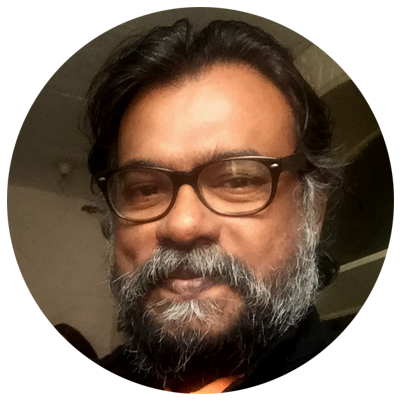
Johny ML is a writer, translator, art historian, art critic, art curator, editor of art magazines, poet and a prolific blogger. He has three post graduate degrees in Creative Curating, Art History and Criticism, and English Language and Literature. His writings related to arts, culture and politics have been published in several print magazines like Creative Mind, Art Illustrated, newspapers and weeklies in English and in Malayalam. He also founded and edited many popular online art journals. He has been an editor of the Art and Deal magazine also has guest edited Art Etc. He contributes to Art India Magazine, Creative Minds, Art Journal and many other exclusive art magazines. Currently he writes in Stance Magazine and naradanews.com. He is one of the pioneering curators in India. He has authored eight independent books so far and has contributed to various volumes, and translated thirteen books so far. Johny ML lives and works in New Delhi, India.
Published on July 28, 2020
Share
Related Articles
A Canvas of Motions
Young photographer Arun Inham's A Canvas in Motion combines photography, theatre, and performance, is one of those projects that fall within the scope of now-trending experimental and conceptual photography practices. This body of work was done during the pandemic lockdown period. Confined within a small space, he interestingly stages objects and stitches them together as an image. These works were showcased at the Images of Encounter online group exhibition, which would be Arun Inham's first show.
Dilli Chalo: Ready for the long haul
As part of the ‘Dilli Chalo’ protest called on November 26 and 27, lakhs of farmers, laborers, and small traders decided to march from Punjab, Haryana, western Uttar Pradesh, Madhya Pradesh, and other states towards Delhi. During their attempt to reach Delhi, the farmers faced warlike resistance from the Indian government at two inter-state borders. Protesters occupied several miles of highway with their tractors and trolleys.
The Long Walk to Home: A Critical Reading
During the corona pandemic lockdown, India saw its migrant workers walk in an ardent will to reach the safety of their homes… History repeats itself, they say. Well, not exactly the same situation, but during Indian’s partition, thousands of Muslims and Hindus had to cross over – in search of a new home in unknown terrain. Seen through the photographic eyes of Margaret Bourke-White and Sunil Janah – the horrifying events of Indian Partition 1947 comes alive – once again in the Corona days – much more violent, cruel, and gruesome. It is a stark reminder that even after 70 and odd years of independence, India still has not healed itself of poverty, inequality, and oppression.
Perspectives on Photography
What we normally forget is that the lens of a camera sees more than the normal human eye is capable of. The clarity and the depth in a photographic image are taken for granted as we considered the camera as an extension of our eyes though what it sees is an abstracted or unperceivable image for the naked human eye. Seeing more or seeing in detail foregrounds the notion of abstraction because the form captured by the camera is only partially visible and its comprehension, in the normal course of our ways of seeing, is difficult.
Iconic Faces, Zooming into Raghu Rai’s photographic practice
Portrait photography is one of the areas where Raghu Rai has displayed mastery, and where he has revealed his own deepest convictions about the medium. Photomail investigates photographs of four spiritual and political leaders made by Raghu Rai, seeking to find what patterns run beneath the surfaces of these images.
Indian Photography’s (Conceptual) Poverty and Reality
Alessio Mamo’s series of photographs titled ‘Dreaming Food’ was shot in Uttar Pradesh and Madhya Pradesh in 2011, in which he tried to illustrate the contrast in the manner food was wasted in the West “especially at Christmas time”, and the widespread poverty that he saw in parts of India. The series was exhibited in Delhi Photography Festival in 2013, but when he posted images from the series during his takeover of World Press Photo’s Instagram handle as one of its awardees of 2018, a public debate erupted around the nature of his work and its political correctness. WPP has since issued a statement in which it clarifies the guidelines for its Instagram takeover, which is a benefit given to its award winners. But Indian print and online media subsequently took up the issue and it has been given wide coverage, with experts, photographers, and commentators weighing in from all sides. Now that all the arguments for and against have been brought out, PhotoMail takes a look at this issue in the broader context of poverty representation in India.
Power, Democracy and ‘Other’ Women
Photography, after the Second World War and McCarthyism, was consciously pushed into the sanitised spaces of Art galleries and Museums away from its past as a concerned, conscience-pricking tool. We were told by institutional gatekeepers like the Museum of Modern Art in New York that Photography was only about Itself. It was an Art form that was about navel-gazing photographers and about flattened formalist fields. Photography was not supposed to exist outside its own frame.
Stills Still to Fade, Immortal images of NL Balakrishnan
Does a photo carry a meaning? Like a memory which has a meaning, photo doesn’t in itself have a meaning. Stills don’t speak but they are not dead as such. They evoke memories and memory evokes the meaning behind the image. - NL Balakrishnan


